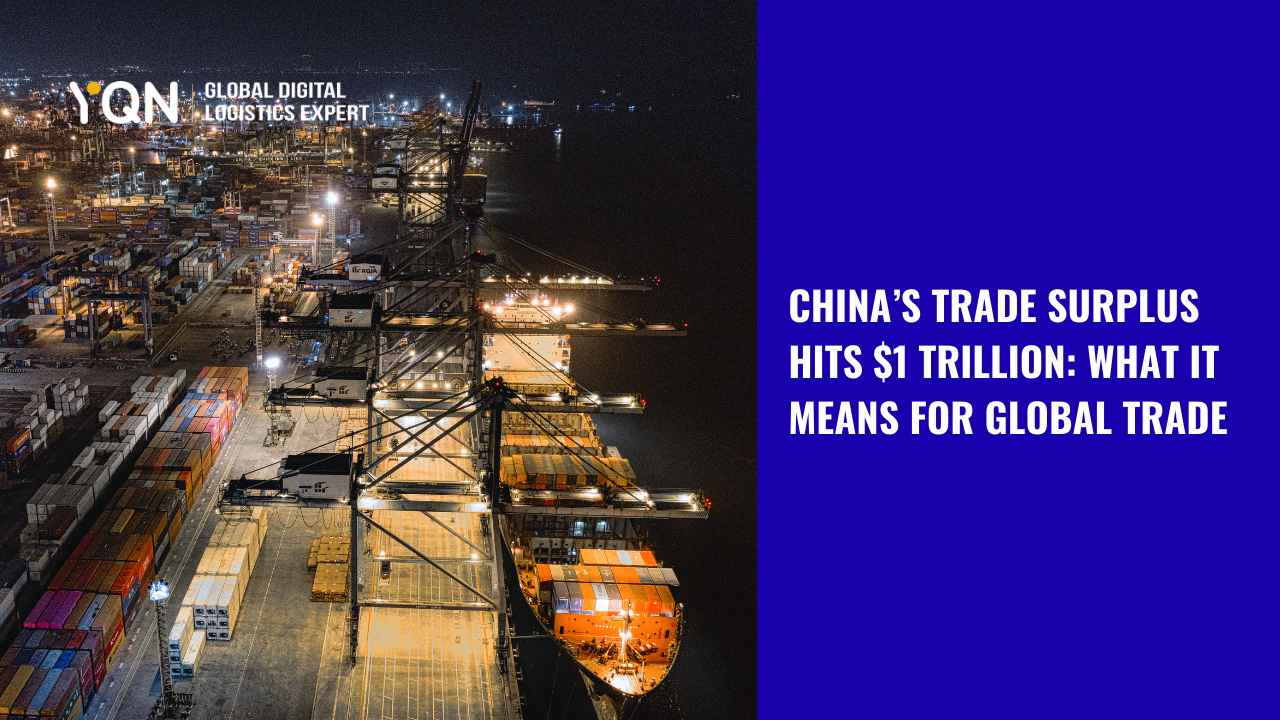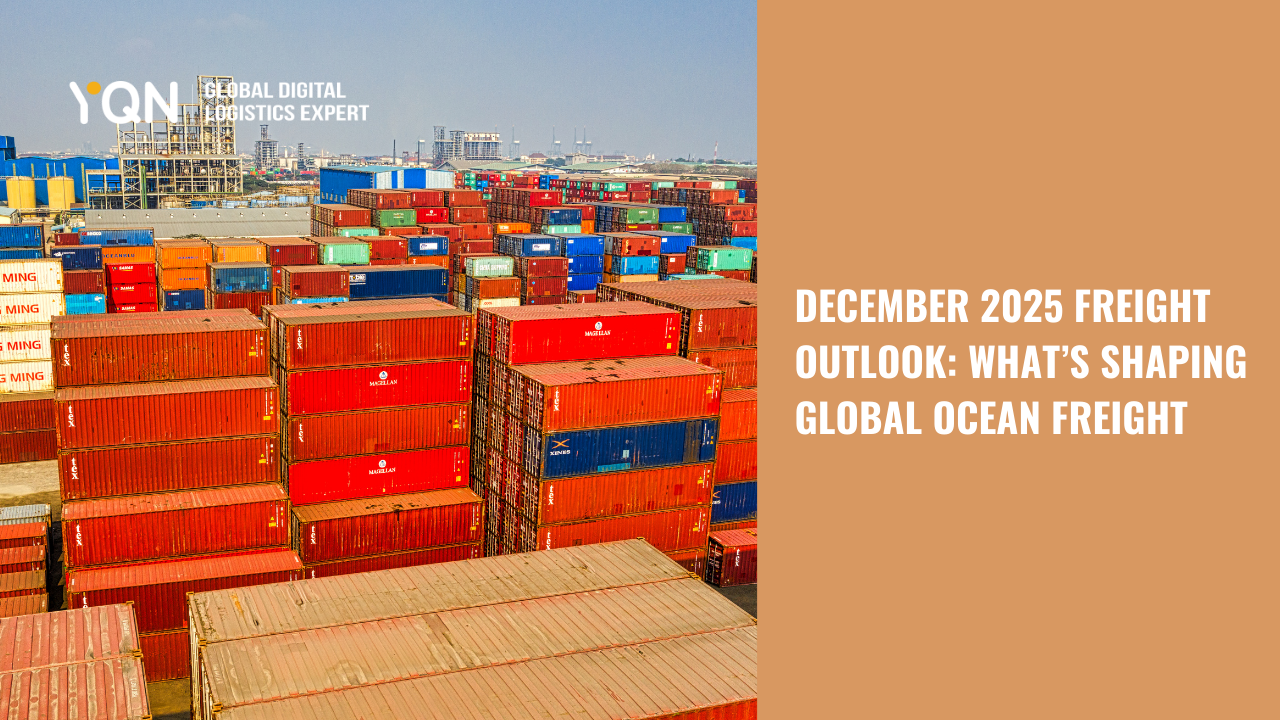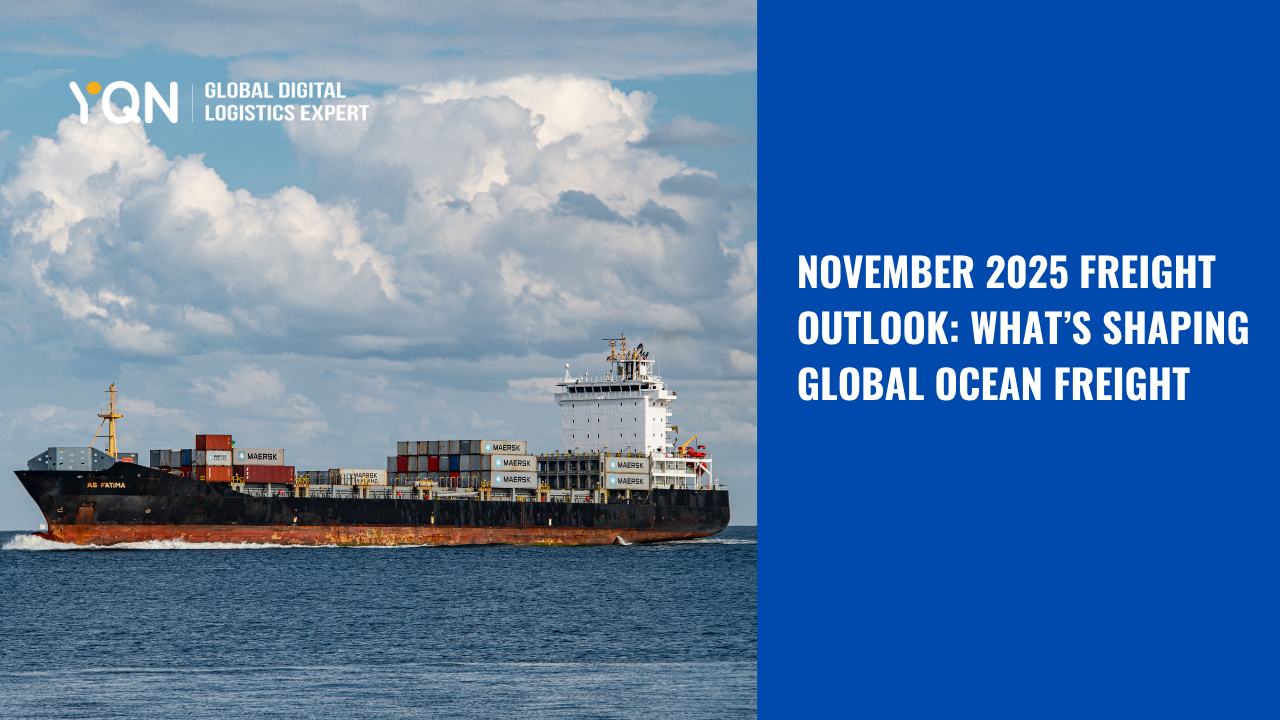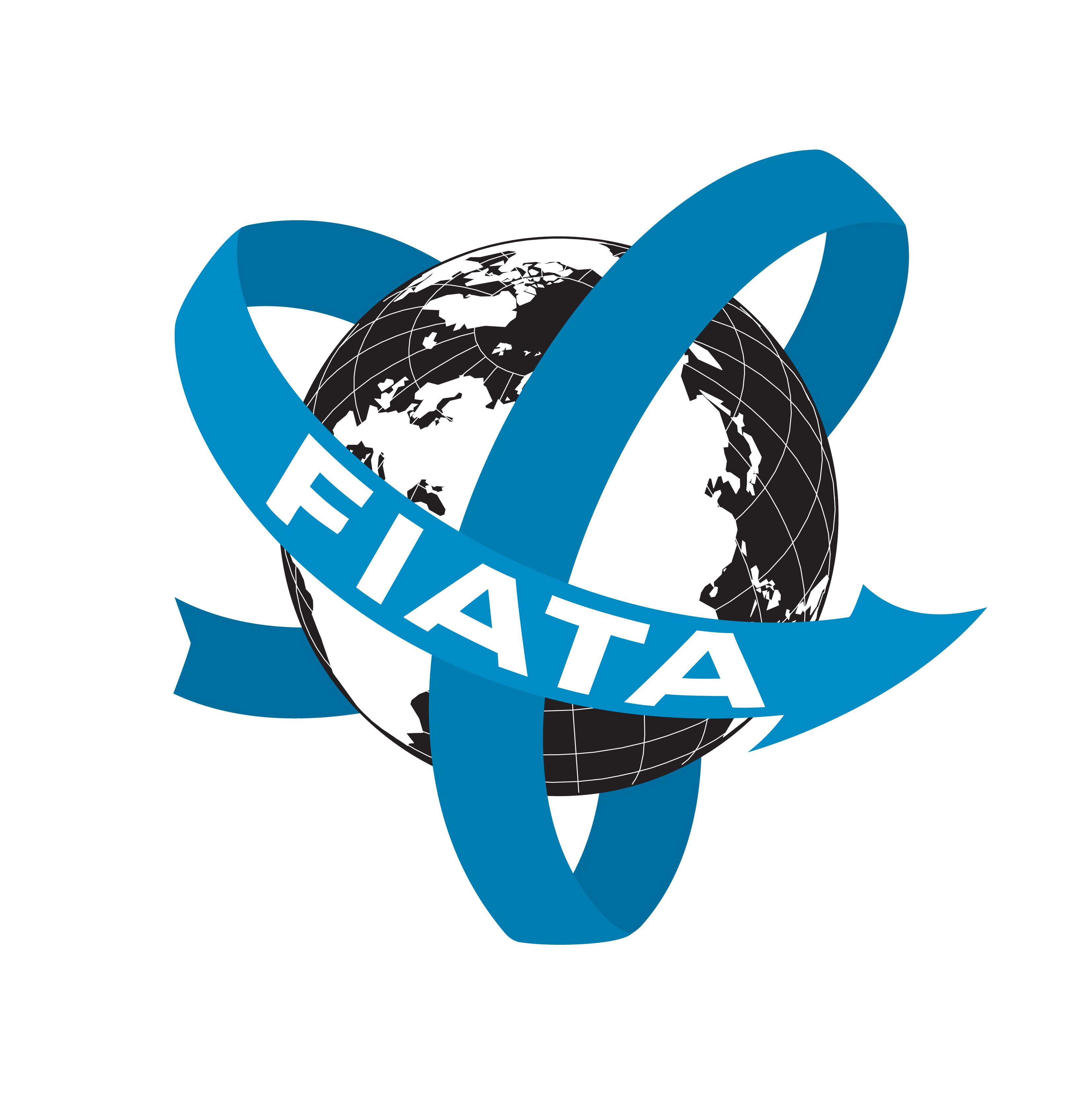August 2025 Freight News Roundup: Tariffs, De Minimis Changes & Peak Season Surcharge
YQN Operation Team | 2025.08.07 | info@yqn.com
As August kicks off, global freight markets are navigating a fresh wave of regulatory changes, cost pressures, and seasonal shifts. From new U.S. shipping tariffs to changes in de minimis rules and rising peak season surcharge announcements, importers and exporters are adjusting their international shipping and freight forwarding strategies. These developments are already influencing ocean freight rates, container shipping rates, and broader supply chain decisions. Here’s the logistics news shaping the landscape in August 2025.
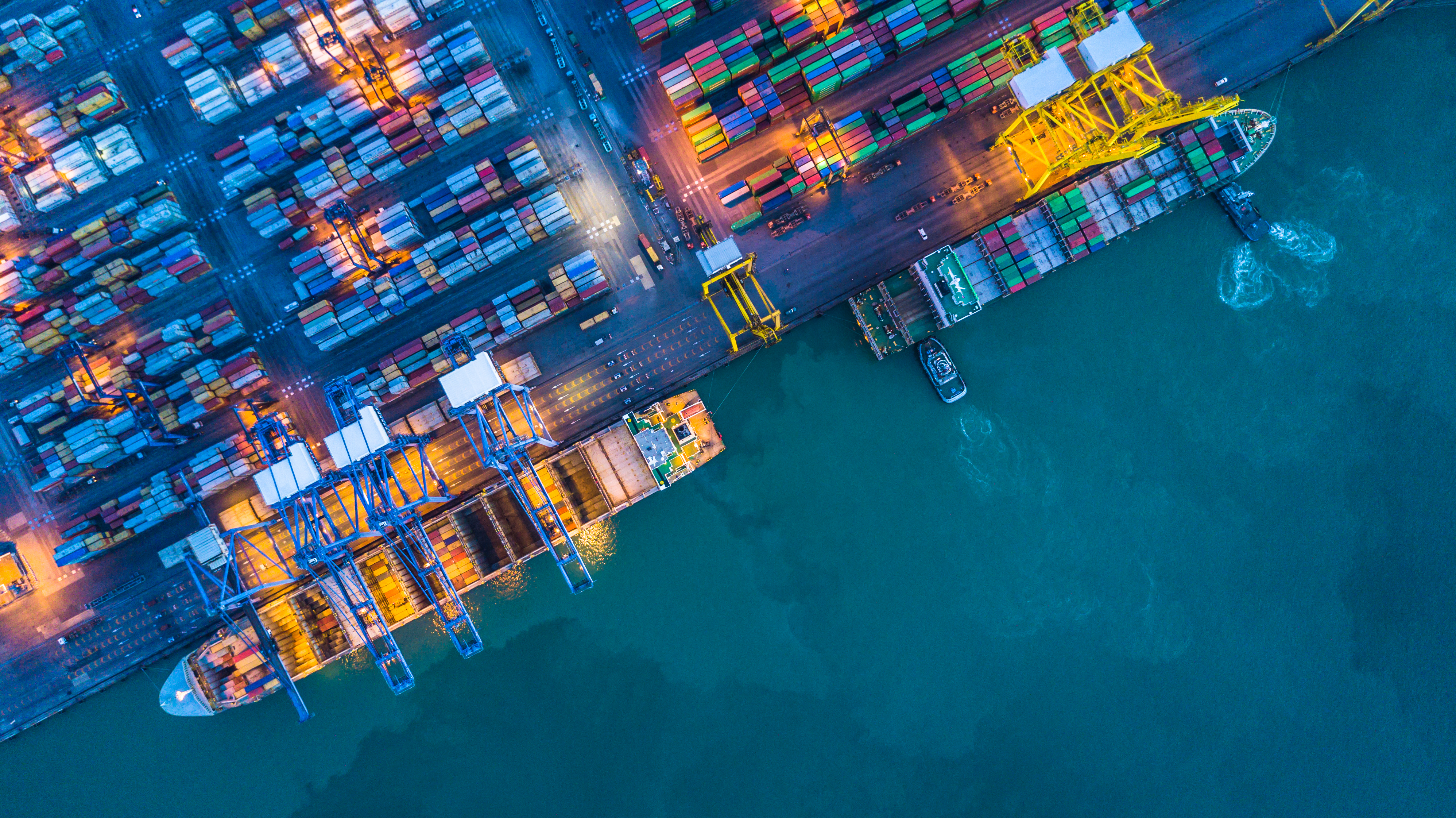
Potential Pharma Tariffs
In a recent interview, U.S. President Trump outlined aggressive tariff proposals that could have significant implications for international trade and logistics.
President Trump announced a staged plan beginning with a “small tariff” on imported pharmaceuticals, escalating to 150% within 12–18 months, and possibly reaching a full 250% eventually. The goal is to incentivize domestic pharmaceutical production and reduce dependency on foreign drug manufacturing.
Trump indicated that formal announcements on pharmaceutical and semiconductor tariffs would come within “the next week or so.”
Why This Matters for Logistics & Global Trade
- Tariff risk is driving uncertainty in pharma supply chains, potentially prompting early import surges or strategic supplier relocation.
- Logistics planners should monitor tariff updates closely, as escalating duties can dramatically impact product routing, cost structures, and sourcing decisions.
EU Expects Turbulence in Trade Relations with US
On August 5, 2025, U.S. President Donald Trump issued a sharp warning to the European Union, stating that if the EU fails to honor its pledge to invest USD 600 billion in the United States, the U.S. may reinstate tariffs of up to 35% on EU exports. This threat came even after a framework trade deal—announced in late July and upheld by both Trump and European Commission President Ursula von der Leyen—capped most EU goods at a 15% tariff, in exchange for the investment commitment and European purchases of U.S. energy and military goods.
The investment figures and purchase plans, including $600 billion from EU firms and $750 billion in U.S. energy acquisitions, remain non-binding and vaguely defined, drawing criticism from trade analysts.
Why This Matters for Logistics & Global Trade
- Freight Risk & Planning: Traders and forwarders could face abrupt cost increases if tariffs ramp up, disrupting trade lanes and time-sensitive shipments.
- Supply Chain Volatility: Freight quoting, scheduling, and route planning become more uncertain. Companies may begin preemptive ordering to avoid future duties—creating short-term surges.
U.S. Shocks Copper Market with Surprise 50% Tariff Announcement
On July 30, 2025, President Trump issued a sudden executive order imposing a 50% tariff on semi-finished copper products (pipes, wires, rods, fittings, and electrical components), effective August 1. Importantly, the decision exempted raw copper materials—such as ores, concentrates, cathodes, and anodes. The announcement sparked an unprecedented market reaction: U.S. copper prices plummeted over 17% in a single day, collapsing the premium over global benchmark prices.
Why This Matters for Logistics & Global Trade
- Volatile freight demand: The rush to import copper ahead of tariffs disrupted shipping schedules, causing congestion at ports and driving up charter rates.
- Inventory uncertainty: Companies that oversupplied now face stranded stock and storage costs, highlighting the risks in speculative freight planning.
U.S. Ends De Minimis Exemption for Low-Value Imports
On July 30, 2025, President Trump issued an executive order terminating the U.S. de minimis tariff exemption, which previously allowed commercial shipments valued under $800 to enter duty-free. The change will go into effect on August 29, abruptly accelerating the planned phase-out originally set for 2027.
While exception remains for postal shipments, new duties apply—either an ad valorem tariff based on the country of origin or a flat fee of $80–$200 per parcel—depending on origin tariff rates for up to six months.
Why This Matters for Logistics & Global Trade
- E-commerce disruption: Sellers using platforms like Shein or Temu will now incur additional duties and customs formalities, eroding the cost advantage of low-value imports.
- Customs clearance complexity: Shipments previously sent under simplified processes will now require full entry filing via ACE, adding per-package tariffs and administrative burden.
Maersk Introduces Peak Season Surcharge from Asia to the Mediterranean
To accommodate rising seasonal demand, Maersk will implement a Peak Season Surcharge (PSS) effective August 11, 2025.
Surcharge Details:
- USD 50 per 20’ container
- USD 100 per 40’ container
Affects shipments from Far East Asia to:
- Slovenia
- Serbia
- Hungary
- Croatia
- Slovakia
- Bosnia & Herzegovina
This surcharge reflects rising capacity constraints and anticipates a strong peak season ahead.
Key Takeaways for Supply Chain Planners
- Book early to secure space before tariffs and PSS impact costs.
- Review e-commerce strategies and prepare for U.S. customs rule changes.
- Monitor rate trends across Asia-Europe and Asia-U.S. lanes.
- Consider diversifying sourcing locations to mitigate policy risks.
Stay ahead of the curve by following us on WhatsApp Channel or contacting our logistics experts at info@yqn.com for tailored support.



